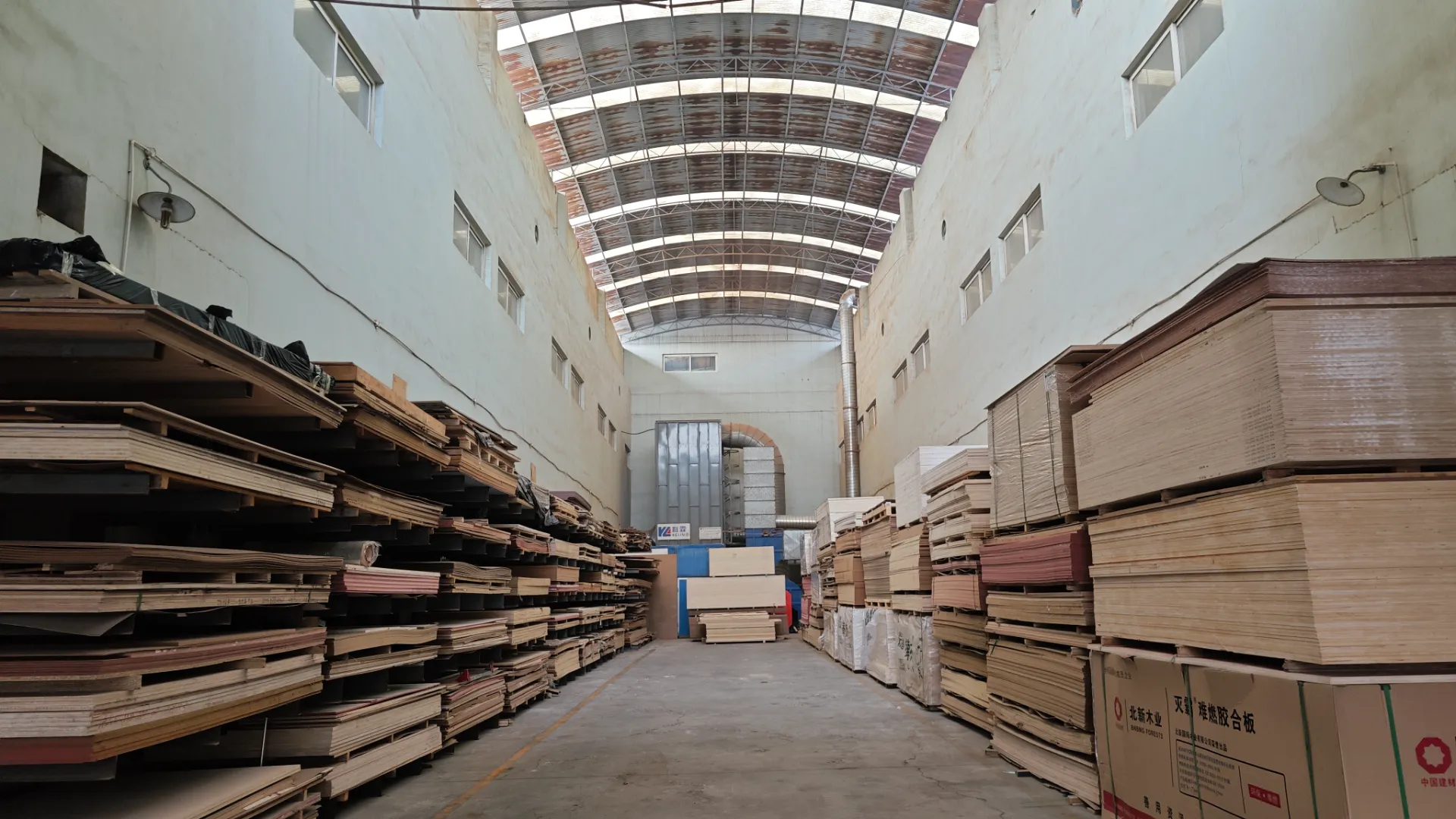កញ្ញា . 28, 2024 21:55 Back to list
Exploring the Role of Fixtures in Enhancing Visual Merchandising Strategies
Fixtures in Visual Merchandising Enhancing Retail Experience
Visual merchandising plays a pivotal role in the retail industry, serving as a bridge between the products and consumers. It involves the presentation of products in a visually appealing manner to attract and engage customers, ultimately driving sales. A key component of effective visual merchandising is the use of fixtures. These elements not only support the display of merchandise but also influence the overall shopping experience. This article explores the significance of fixtures in visual merchandising, their types, and how they can enhance the retail environment.
Fixtures are the foundational tools of visual merchandising. They include shelves, racks, mannequins, tables, and other display elements that showcase products to maximize visibility and accessibility. Well-designed fixtures help create an inviting atmosphere within the store, encouraging customers to browse and explore. By strategically placing these fixtures, retailers can guide customers through the store, leading them to high-margin products or promotional displays.
Fixtures in Visual Merchandising Enhancing Retail Experience
Different types of fixtures serve various purposes in visual merchandising. For example, gondolas and shelving units provide robust storage while also displaying products clearly. Wall racks can optimize vertical space, making it easier for customers to see what’s available. Meanwhile, display cases can add a touch of sophistication, especially for high-end items like jewelry or electronics. By understanding the characteristics of each fixture type, retailers can select the right combinations to create visually compelling displays that resonate with their target audience.
fixtures in visual merchandising

The material and design of fixtures also significantly affect a store's ambiance. For example, using wood fixtures can create a warm and inviting atmosphere, while metal fixtures might convey a more modern, industrial feel. The choice of color, texture, and style should align with the brand's identity, ensuring that all elements within the space work harmoniously together. This cohesion not only strengthens brand recognition but also enhances the overall customer experience, making shopping more enjoyable and memorable.
Furthermore, fixtures should remain adaptable to accommodate changing trends and seasonal promotions. Retailers should consider modular or adjustable fixtures that can be easily reconfigured to suit different themes or layouts. This flexibility allows for the timely implementation of promotional campaigns while ensuring that the store maintains a fresh and engaging appearance.
In addition to their practical functions, fixtures also convey the brand's values and storytelling. Innovative display concepts can evoke emotions and create narratives around the products. For instance, a fixture shaped like a tree could be used to highlight eco-friendly products, aligning with a brand’s commitment to sustainability. Such creative approaches not only capture attention but also foster an emotional connection with consumers.
In conclusion, fixtures play an essential role in visual merchandising by enhancing product presentation, guiding customer flow, and creating an immersive shopping environment. By carefully selecting and designing fixtures that align with their brand identity, retailers can significantly improve the customer experience, leading to increased engagement and higher sales. In a competitive retail landscape, investing in effective visual merchandising through strategic fixture use is crucial for success and longevity.
-
The Benefits of Electronic Shelf Labels for Modern Stores
NewsJul.01,2025
-
Space-Saving Retail Store Furniture Designs for Small Shops
NewsJul.01,2025
-
Slatwall vs. Gridwall: Which Store Fixture is Right for Your Business?
NewsJul.01,2025
-
Shop Fittings: Essential Elements for a Functional Retail Space
NewsJul.01,2025
-
How to Design a Minimalist Cosmetic Shop Display
NewsJul.01,2025
-
Creative Clothes Shop Display Ideas to Attract More Customers
NewsJul.01,2025


















































































































